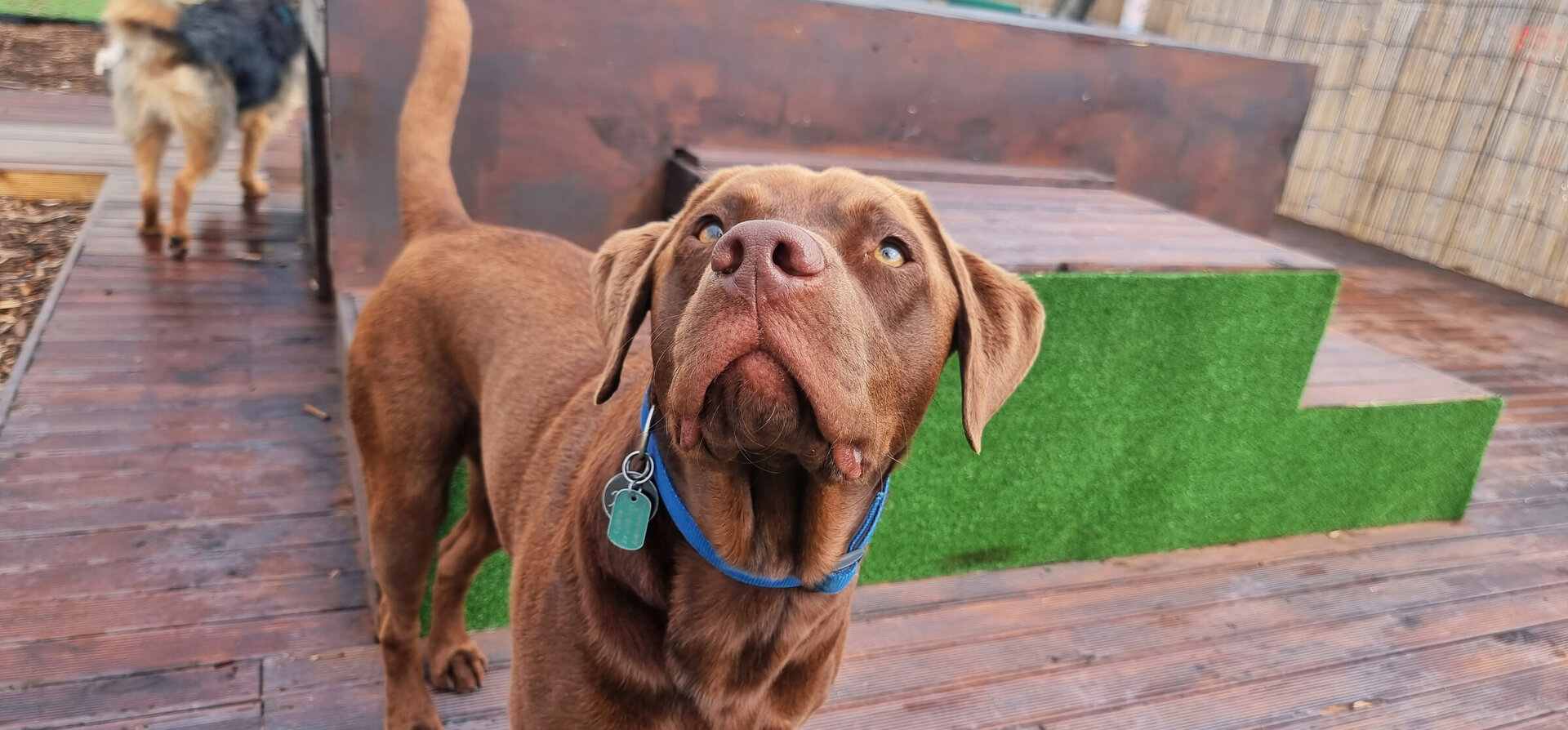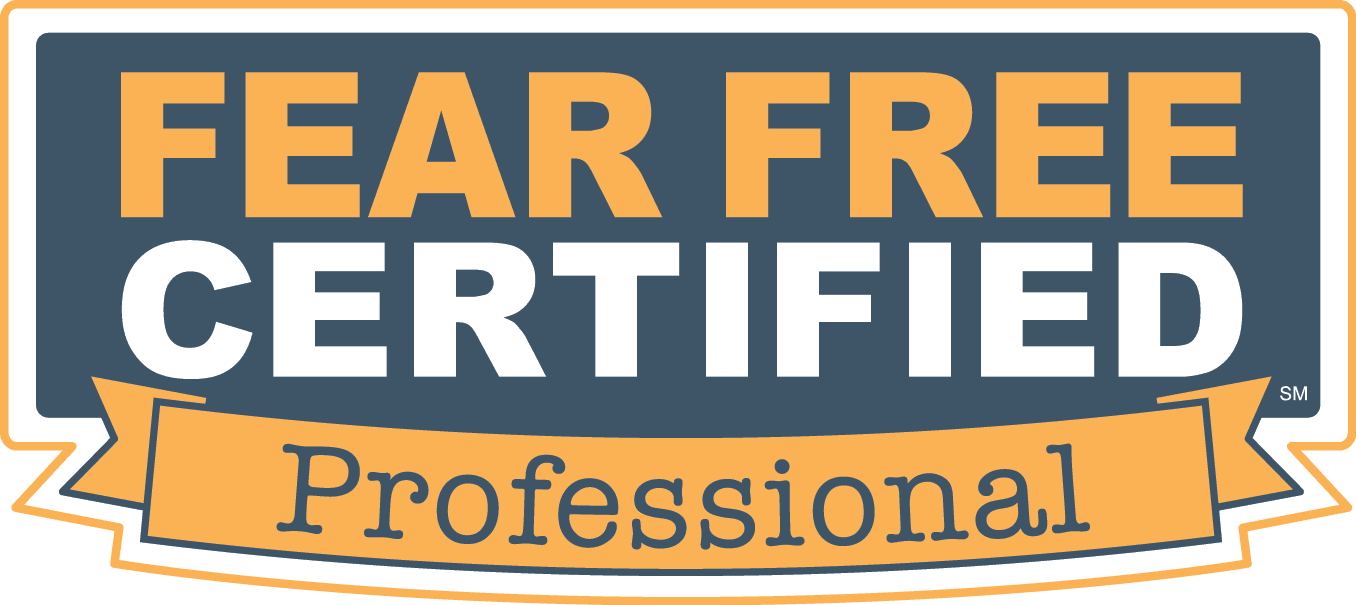Kippa (left) was mauled to death by dogs with a dog walking business in Auckland.
What you should look for in a dog walker
(Hint: It's definitely not the mere presence of a whole lot of dogs running around.)
DOG walking SHOULDN’T BE A FREE-FOR-ALL
It’s important to understand that all dog walkers are not created equal. Generally, knowledgeable trainers agree that dog walkers with large groups of dogs have access to free play for the majority of their visit, aren’t in the best interest of most dogs.
Large group play causes heightened arousal, even in dogs who really enjoy it. This can lead to a variety of undesirable behaviors such as mouthing, jumping, barking, humping, and even fighting.
Some of the dog walkers we’ve seen where, often, groups as large as 30 or more dogs spend the day in off-leash, public areas, out of control and running a muck.
Much like dog training, dog walking is an unregulated industry, anyone can open a dog walking business. Just because someone really likes dogs, and has had dogs, does not make them qualified to oversee groups of dogs.
WHAT TO LOOK FOR
When considering dog walker, it’s important to do your research. We advise looking for a walker that emphasizes enrichment and training over hours spent “free ranging” with other dogs, no matter the person, we recommend considering:
* Admissions process.
A reputable walker should ask for background about your dog’s behavior and medical history, as well as conduct an evaluation prior to welcoming your dog into the program. It’s important to be honest when completing intake paperwork and discussing your dog. The more the staff knows about your dog, the better prepared they’ll be to help create a positive experience.
When it comes to accepting intact dogs, policies vary. With more pet owners leaning toward delaying spay/neuter until after 1 year of age, some businesses are more flexible about welcoming intact dogs. Obviously it’s important to closely manage intact dogs in a group setting, so be sure to ask questions. How are intact dogs incorporated into a play group?
* Ask about their emergency policies
Just like people, not every dog gets along. A reputable walker will have active policies in place for if a fight breaks out between their dogs, or theirs and a member of the publics dogs. Ask how they intervene? How to they get the dogs apart? How do they transport the dogs home (if it was between their own dogs)?
* How are the dogs transported?
How dogs are transported in vehicles is a big safety policy for the dogs in their care. Are there a group of dogs running loose in a car? Are there crates to keep dogs calm and separate? Are dogs bucked in? If so, how? Are the dogs safe in the event of a car accident? Is a dog unrestrained and able to jump out a window?
Honestly, I have been driving and seen dog walker vans drive past me with 10 odd dogs running a muck in the car, dogs sitting on the lap of the driver, dogs unrestrained and standing on the door with their head out the window, this is so dangerous! Unrestrained dogs will become deadly projectiles in the event of a car accident, even the smallest dogs! My father, an ex paramedic has seen minor accidents (less than 50kph), where both the humans and dogs in the car have died as a result of dogs becoming projectiles.
Check that ALL dogs in the car are safely in crates, or are belted in with a harness (not a collar.. this is a recipe for a broken neck!). If you have to request that your dog is restrained while the others are free roaming, your dog walker does not have the dogs safety as their priority.
If dogs are all in together, how does the walker interrupt a fight? When dogs are confined, they are more likely to become frustrated and snap at another dog, then what? What if youre driving down a motorway at 100kph? How does the walker intervene? Being in a confined space the surrounding dogs are likely to retaliate too, what if they have a multiple dog fight?
* What is their policy when coming into contact with the general public on their outing?
All dog walkers should have a policy when they come in contact with the general public. What if another dog approaches? A child? How do they stop their group of dogs swarming another dog?
Greetings between dogs should be 1 by 1, if your walker has 10 dogs with them and another dog approaches they should have full control of their dogs to avoid the other being swarmed. Being swarmed by a group of dogs is a stressful and intimidating experience for even the most confident of dogs. If one of the groups dogs or the other were to snap, you could end up with a mass attack, after all, there is strength and confidence in numbers. Just a couple of weeks ago a dog was fatally mauled by a "dog walker"s group of dogs who met a member of the publics dogs on a walking trail. 3 large off lead dogs attacked one small dog, puncturing her little body while the dog walker was being dragged by the rest of the dogs she had attached around her waist. There was no way the walker could intervene and stop the attack, especially when she had another group of dogs attached to her, who would of course join in when they got close enough.
* Group size, selection, and amount of free play.
Participants for playgroups should be matched in size and play style. When it comes to group play, less is more! Dogs typically play in pairs, even when in a group setting. Watch a group of dogs. It’s pretty easy to spot which two are actively playing together, and which dogs are on the outskirts of the interaction, trying to lobby their way in.
We recommend looking for a walker that limits group size to a maximum of 6 dogs together at a time, matched based on both size and play style.
* Staffing and staff education.
A good dog walker should use proactive management to prevent problems and aim to set up dogs for success. If spray bottles, hoses, shake cans, citronella collars, or worse, electric collars, are the go-to on the play floor, that’s a huge red flag. A good walker will create smaller playgroups, and keep dogs actively engaged to prevent play from spinning up into over stimulation.
The ability to set up dogs for success requires a knowledgeable staff led by a management team committed to continuing education. Ask how the staff has been educated about dog body language and behavior; the answer should include some formal learning with professional materials, not simply a number of years of experience with dogs. As you listen to the answer, pay attention: Does anyone casually throw around words like “dominant” or “stubborn?” (Those are red-flag words that would not be used in a facility committed to a dog-friendly approach.)
If a facility touts “certified” trainers, ask questions about the certification; are the courses approved by behaviour councils? There are a lot of truly awful courses around with such little or incorrect information. Do trainers rely on positive reinforcement or do they call themselves “balanced"? the latter often implies a willingness to use strong aversives, even outside of emergency situations. Recently I have been seeing an increase in dog walkers who rely on using shock collars to train the dogs in their care. This is not only aversive, but can and will cause emotional damage to the dog, increase fear and stress, suppress feelings and behaviours, and in my opinion is quite frankly abusive. I even recently seen a dog walker putting shock collars on the dogs in their care, even when the owners complained and asked them not to several times. Often dog walkers use these tools to heavily correct dogs in order to take out larger groups and get more $$$.
* Transparency
This is SO important! Your walker should be open and honest with you every time you bring your dog in or collect them. Did they had a bad day? Were they uncomfortable? Stressed? Unsettled? Were they bullying other dogs? Mounting? Anxious? Did they make a new friend? Enjoy an activity? Did they interact? Have a good/bad training session? Do they need their days changed? Reduced? An earlier pick up? Later drop off? Were they grumpy? Tired? Happy? Independent? Did they get into a scuffle? Did they need some one on one time? Did they get startled by something?
Or do you just get told they "had a good day" every day? (I mean... does anyone have a good day every day?? I sure don't!).
A summary of positives
I feel like I covered a lot of what NOT to do, now lets summarize a few of the positives.
Dogs are transported safely
Groups are no more than 6 dogs (the less, the better!)
Transparent and will tell you anything and everything
Uses positive training methods and creates a bond with the dogs
Active and thorough policies in place
Educated, and ideally recognized by relevant councils. APDTNZ is a great place to start
If you're ever stuck, ECC is always happy to check any qualifications, or councils for legitimacy and recognition, and we are happy to check over the potential walker for you if you're unsure.



